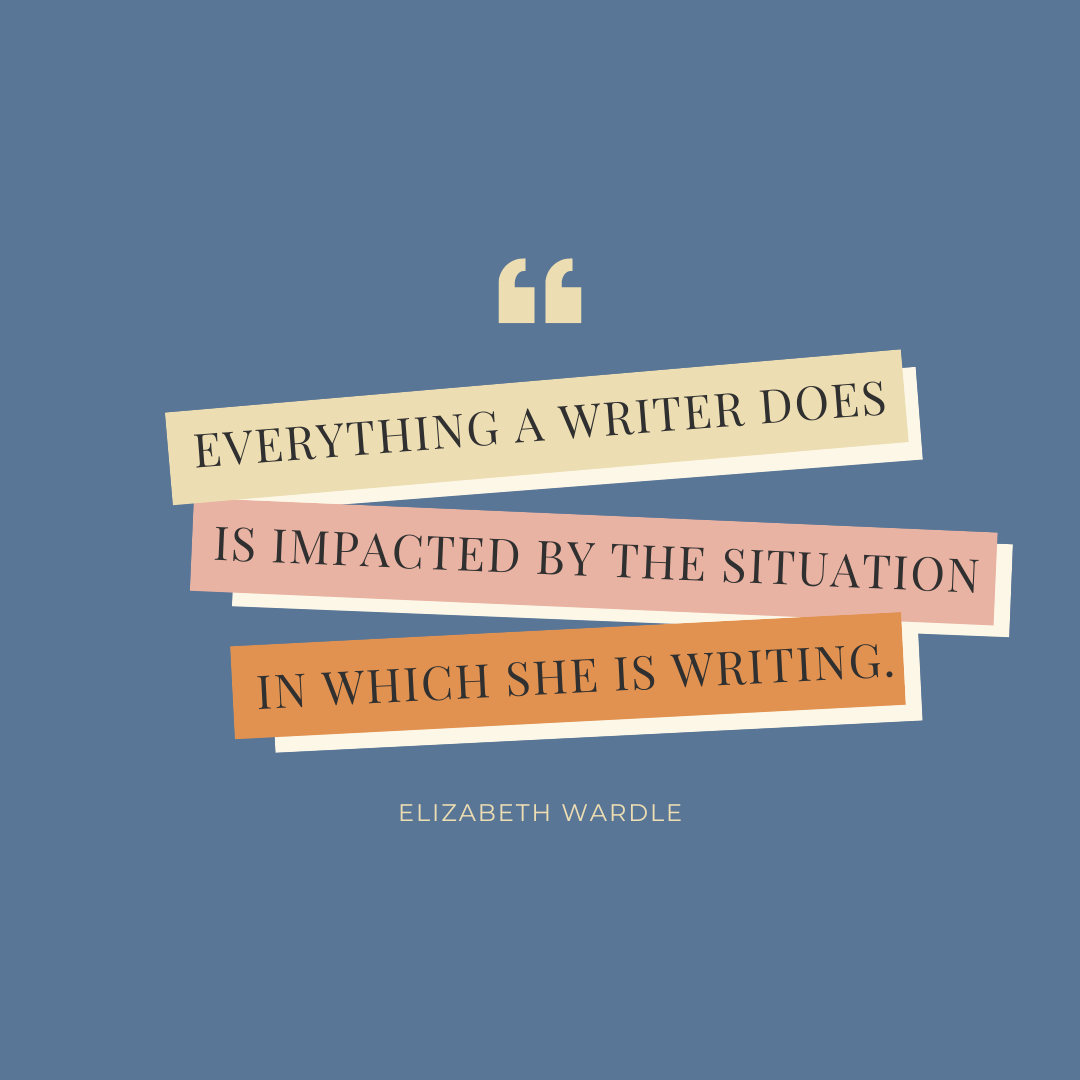Genre and Methods of Analysis
Section Overview
Genre is one of the key ideas to understand in ENGL 1010. The more you write as an adult, the more you learn that the “rules” you may have gleaned in early writing experiences are only useful in certain contexts. Instead, different writing contexts, or rhetorical situations, have different expectations. This can start to feel overwhelming, like there are no rules for writing. In some ways this is true! There are no hard and fast rules that are true across all writing situations. However, there are similar, repeated situations that we find ourselves in: we need to request something from a company, we need to compose a memo, we need to craft a professional email, we need to draw up an invitation to a party. These repeated rhetorical situations are exigencies, the context that invites a particular written or spoken response. These responses are called genres. There is a reciprocal, problem/solution relationship between exigencies and written genres. The key is to understand the relationship between exigency and genre to compose effectively. The expectations we have for certain genres are called conventions, and the differences within these expectations (not exactly rules) are deviations. We notice when things are different than we expect. For instance, when you read a textbook, you likely have certain expectations of the writing based on previous experiences. If there are words, images, or experiences in the text that remind you more of a novel, poem, or menu, that will be surprising. It will be a deviation that stands out to you. You might also notice that this book is free! That is a deviation that we hope gets your attention in a positive way. The key in developing as a writer is to develop an understanding of genres such that you can adhere to convention when you want to and strategically deviate when it meets your rhetorical purpose.
 The readings in this chapter describe how genre functions, provides examples of genre, and demonstrates what a powerful concept genre is for helping us write across the curriculum and across personal and professional writing situations. The first reading comes from the excellent collection Bad Ideas About Writing. Please note that the titles for all of the Bad Ideas About Writing essays are actually misleading myths about writing that circulate. It may be confusing, at first, to see these titles. And it is important to keep in mind the content of each essay dispels these popular beliefs about writing that can be found in the titles, by using research from the field. The other chapters come from the open educational resource (OER) textbook, Writing Spaces:
The readings in this chapter describe how genre functions, provides examples of genre, and demonstrates what a powerful concept genre is for helping us write across the curriculum and across personal and professional writing situations. The first reading comes from the excellent collection Bad Ideas About Writing. Please note that the titles for all of the Bad Ideas About Writing essays are actually misleading myths about writing that circulate. It may be confusing, at first, to see these titles. And it is important to keep in mind the content of each essay dispels these popular beliefs about writing that can be found in the titles, by using research from the field. The other chapters come from the open educational resource (OER) textbook, Writing Spaces:
- “You Can Learn to Write in General” by Elizabeth Wardle
- “Navigating Genres” by Kerry Dirk
- “Understanding Discourse Communities” by Dan Melzer
- “Make Your Move: Writing in Genres” by Brad Jacobson, Madelyn Pawlowski, & Christine M. Tardy
often thought of as a type or category of writing, e.g. business memos, organization charts, menus, book reviews; a discursive response to a recurrent, social action; materials that mediate social interaction
the set of circumstances out of which a text arises, which includes attention to author, audience, purpose, setting, text
the event or occurrence that prompts rhetorical discourse; the event begins the “cycle” of rhetorical discourse about a particular issue
the elements, themes, topics, tropes, characters, situations, and plot lines common in specific genres--types of writing
the action of departing from an established course or accepted standard

